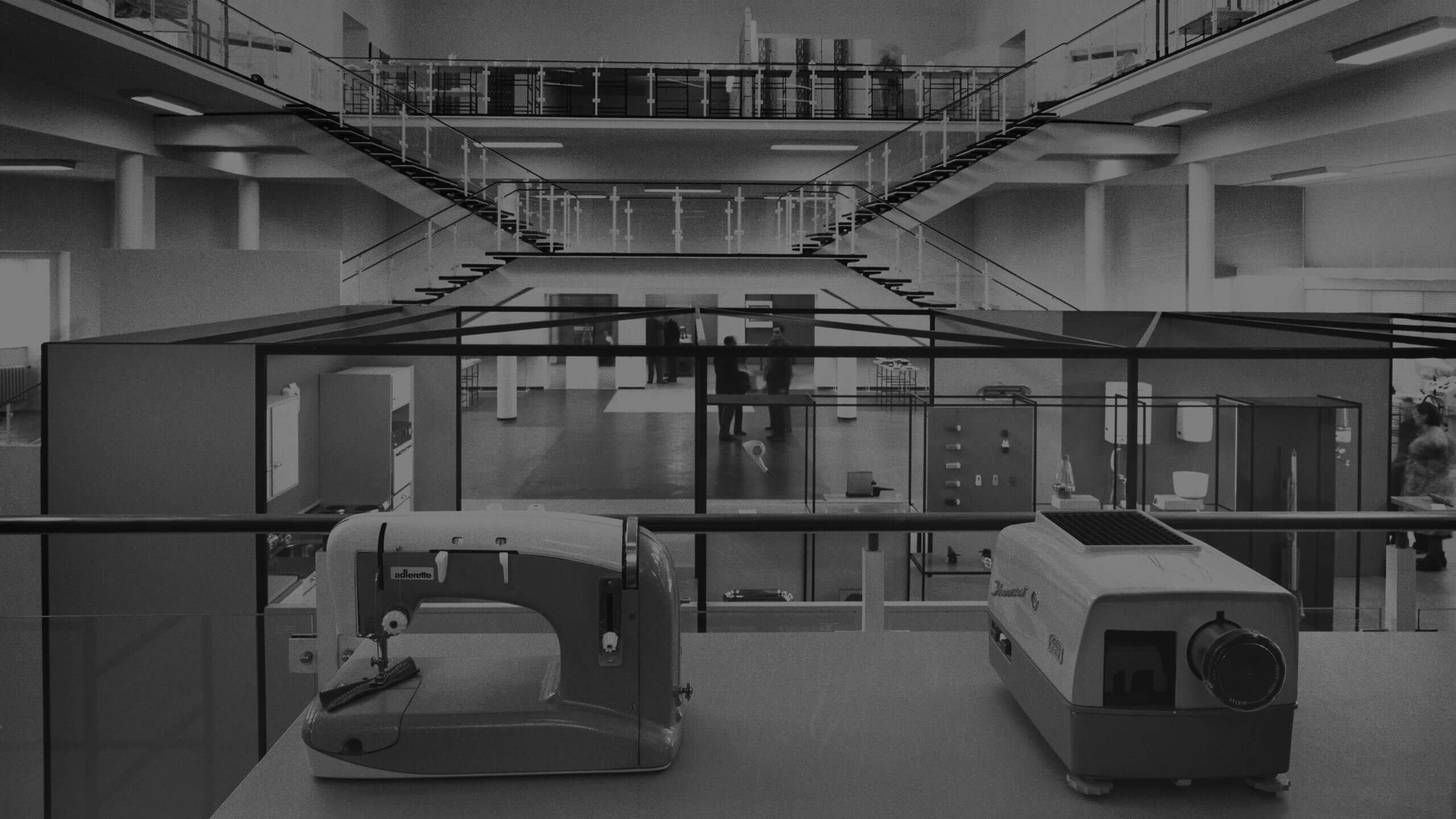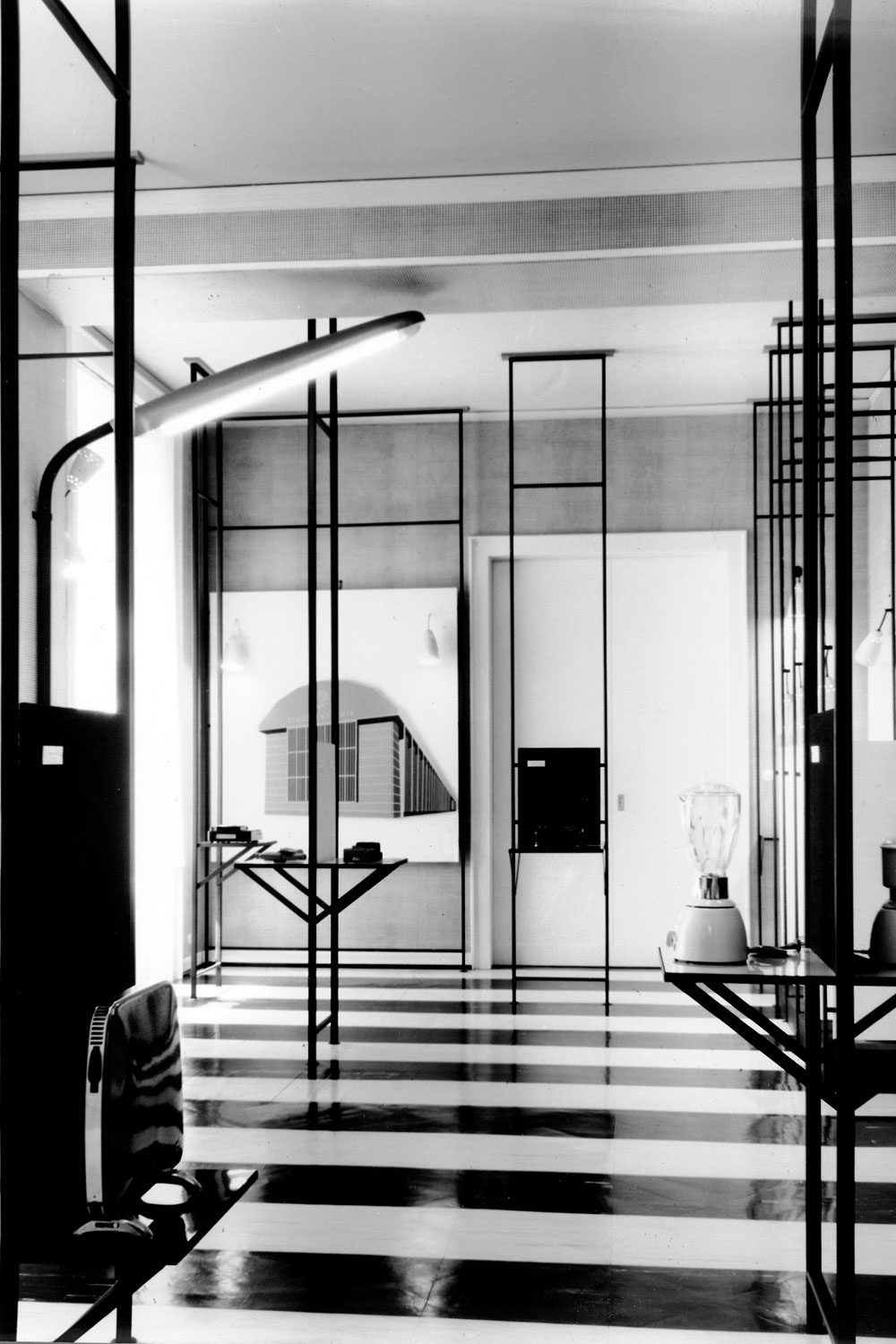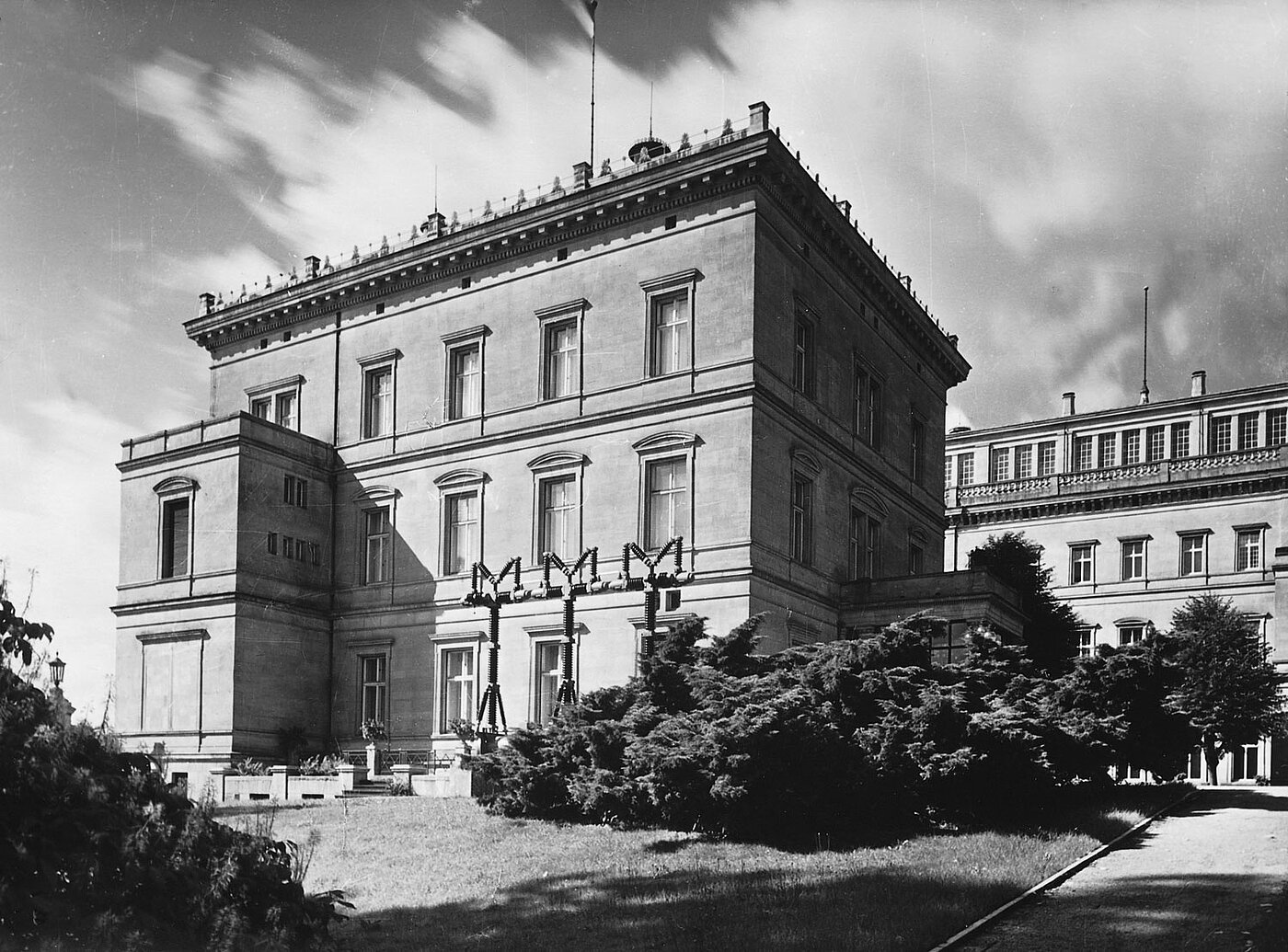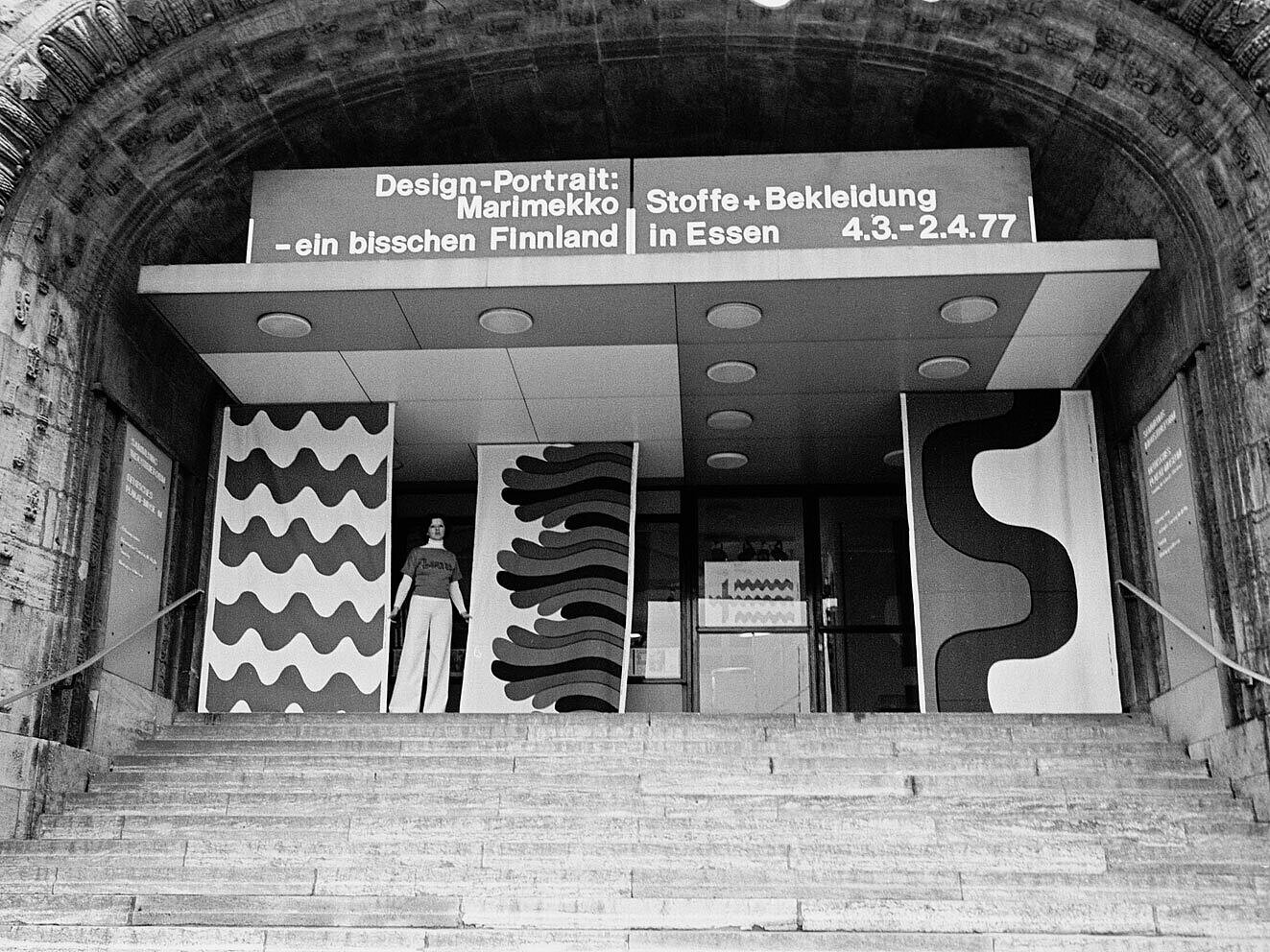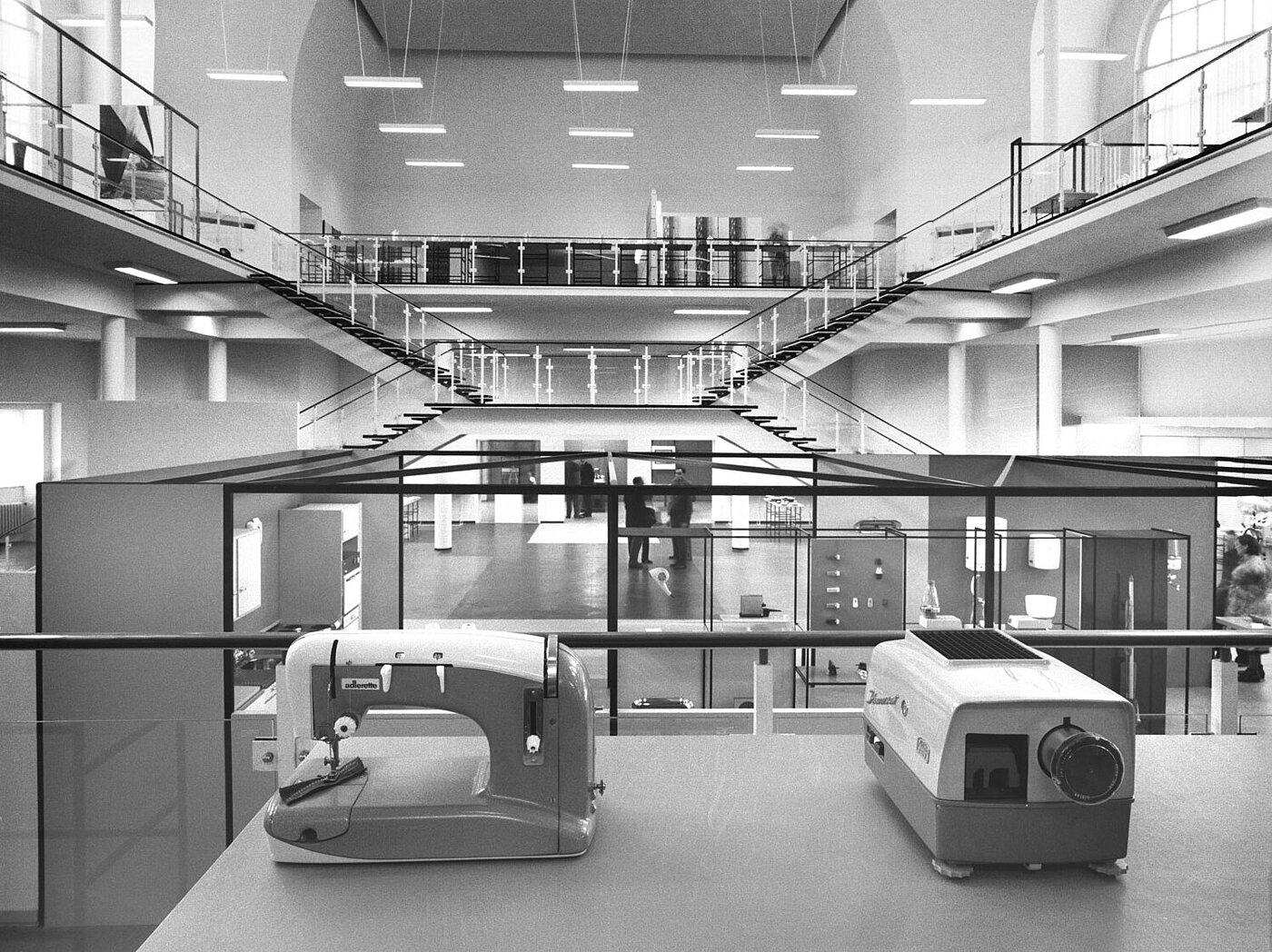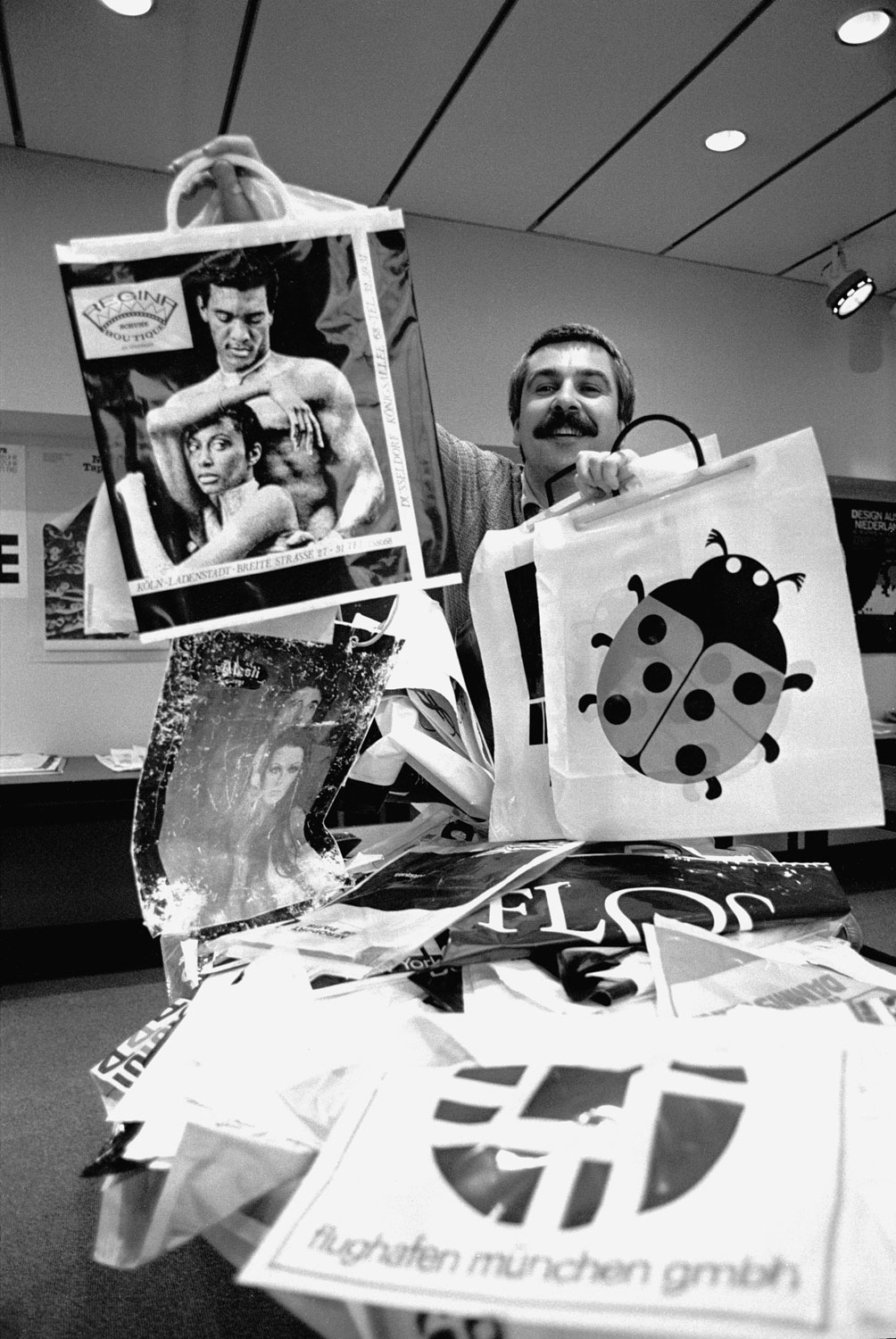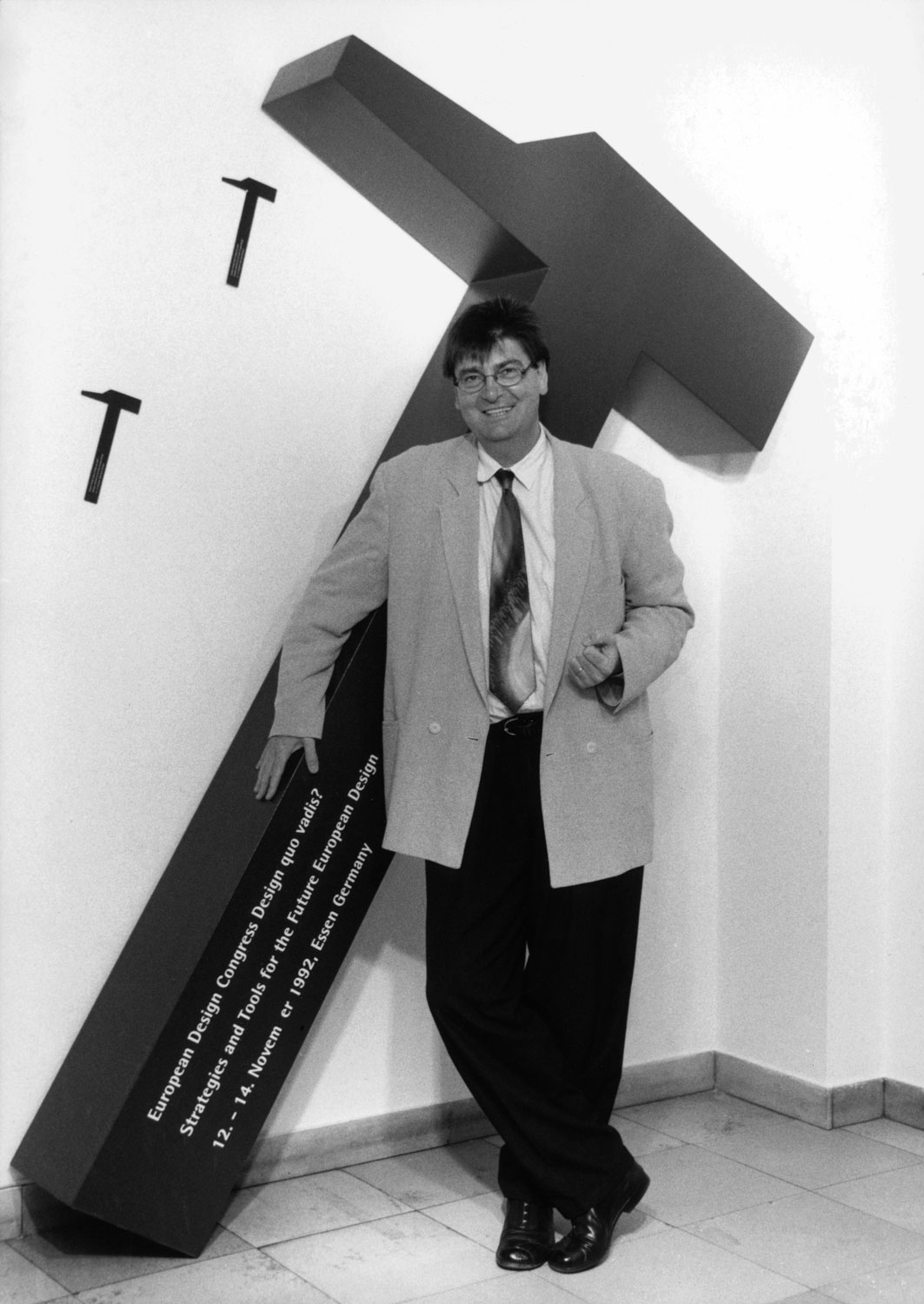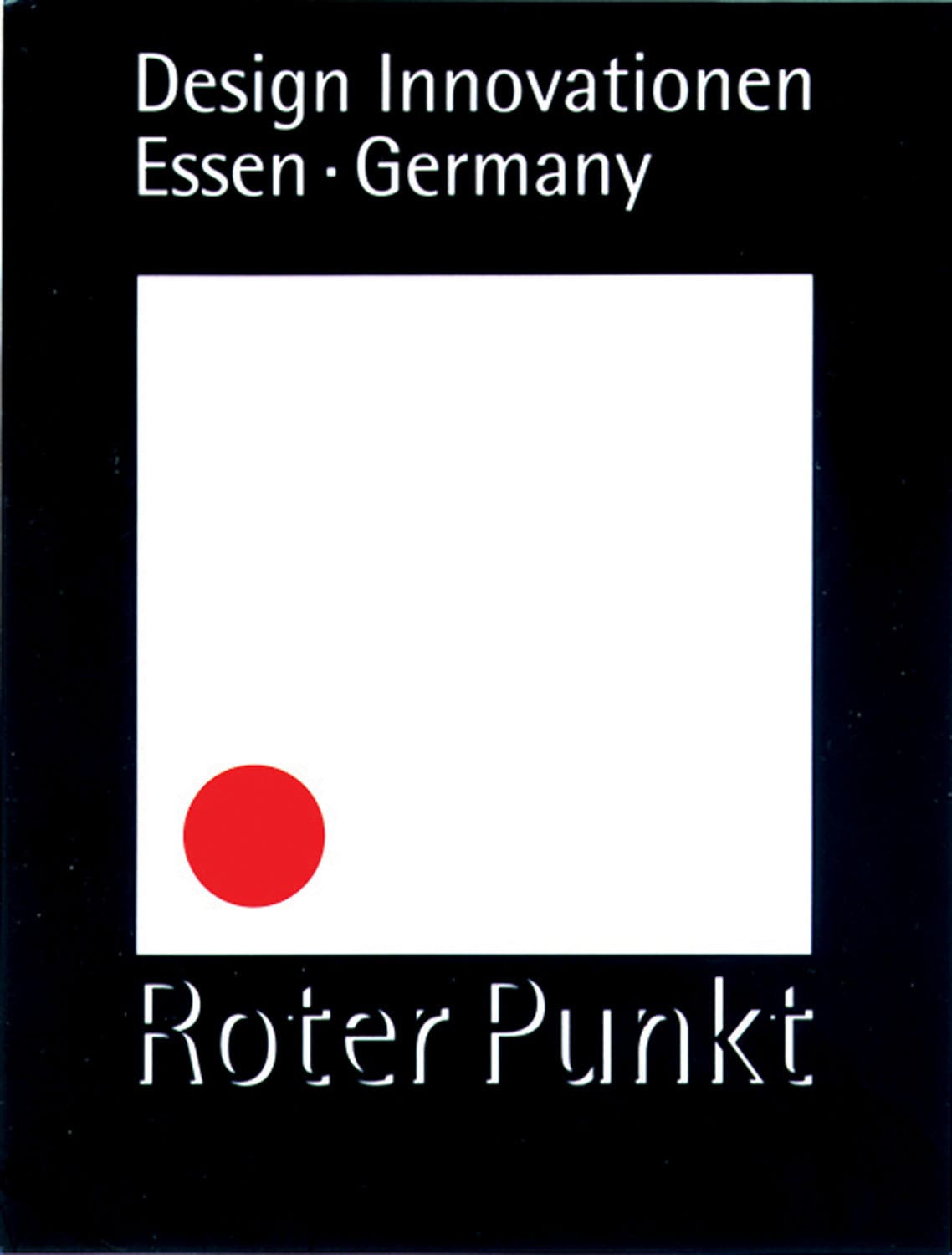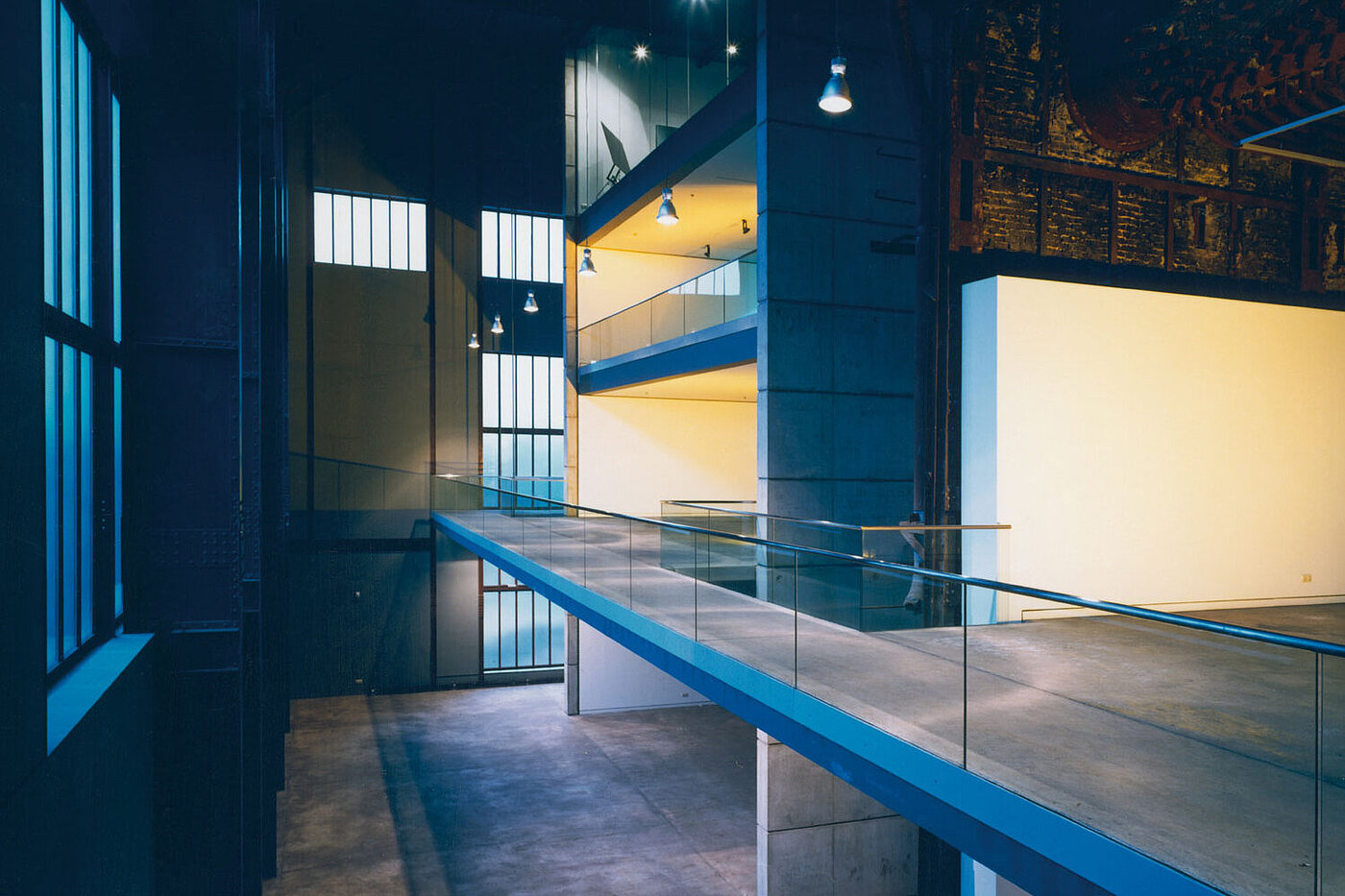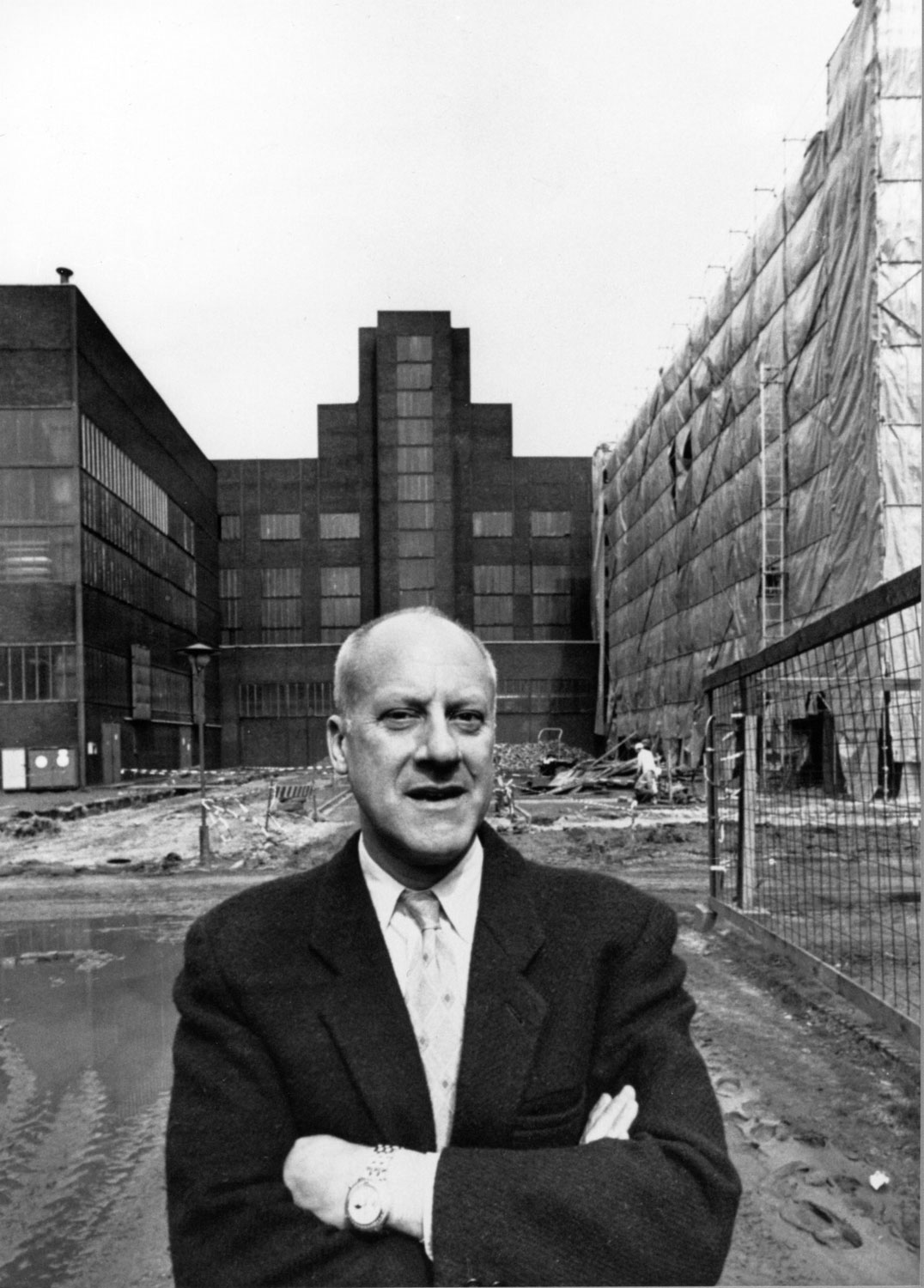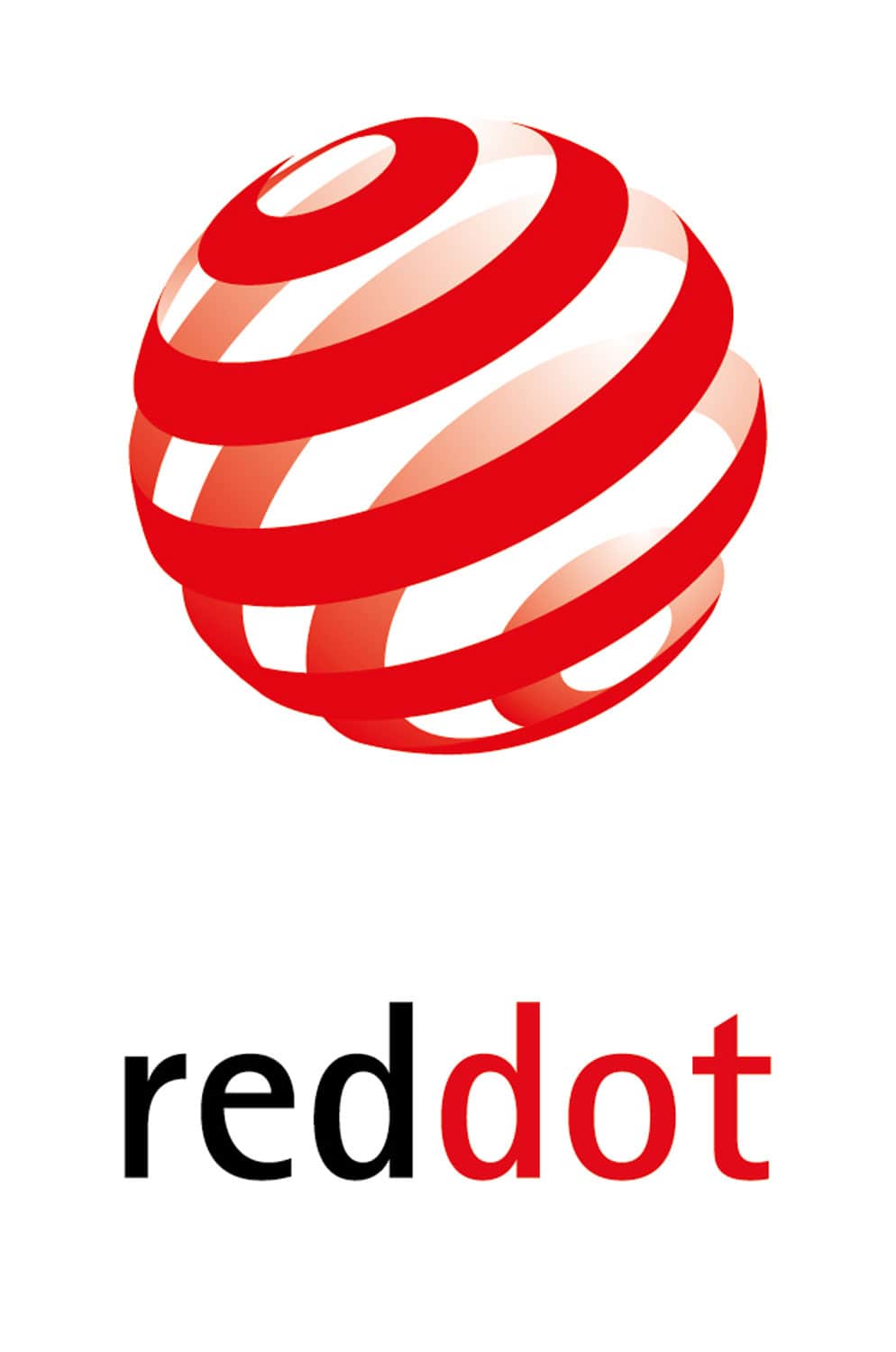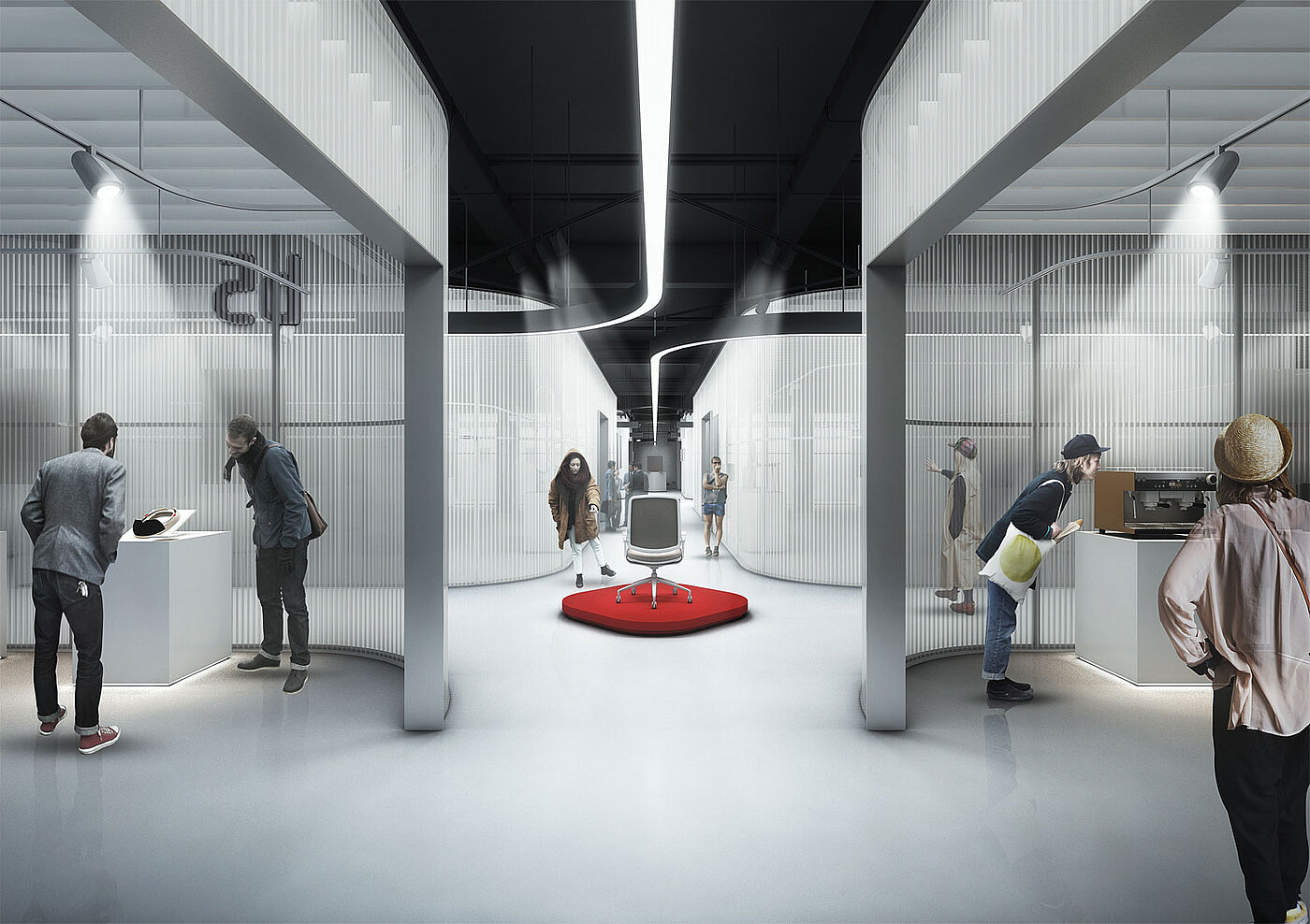History
Red Dot looks back at a tradition spanning more than 60 years. On 30 July 1954, “Verein Industrieform” association was founded at the initiative of the head of Krupp’s Public Relations and Advertising department, Professor Dr. Carl Hundhausen. The aim of the association was to help make a more attractive environment, to modernise German consumer goods and make them fit for export and to be part of transforming the image of Krupp in the wake of the Second World War. 1955 saw the first annual design competition come into being, and on 5 October the exhibition “Ständige Schau formschöner Industrieerzeugnisse” (‘permanent exhibition of attractively designed industrial products’) opened in Essen’s Villa Hügel. The innovative consumer goods exhibition was considered a standard-setting presentation that served as a model for industry and consumers alike and met with global attention.
In 1961, the product exhibition was forced to move, and found its new home in the Old Synagogue in Essen. From then on, other European countries became involved, for example through special exhibitions on design from Italy or Finland. In 1979, a short circuit led to a devastating fire that destroyed the majority of the exhibits.
The exhibition reopened in November 1981 in the new and considerably smaller exhibition location Amerikahaus in Essen, reflecting the declining significance of Haus Industrieform at that time. Anti-consumerist attitudes made it difficult to establish the importance of good design. There was a risk of losing touch with the mood of the day.
The end of the 1980s was at the same time the start of a period of structural change. The move to Essen’s former city library (Stadtbibliothek) in 1988 marked the beginning of an extensive realignment that placed design at the heart of corporate success. For example, the label “Ausgewählt durch Haus Industrieform Essen” (“selected by Haus Industrieform Essen”) and a yearbook were introduced, and the institution’s function of promoting design was expanded by means of active design management.
In 1990, “Verein Industrieform” became “Design Zentrum Nordrhein Westfalen” (DZNRW). The name change went hand in hand with a new corporate design, created by Otl Aicher, in the form of a black and orange dot accompanied by lettering. In 1991, Professor Dr. Peter Zec took over as Managing Partner of DZNRW. He changed the logo to a red dot, which was given as an award for the first time in 1992.
Under Peter Zec, the Design Zentrum shifted in focus away from design management and more towards the function of a training and communication centre for companies wanting to use design to withstand international competition. Also, in 1993 he introduced a separate division for communication design. The “Deutscher Preis für Kommunikationsdesign” (German Prize for Communication Design) was organised under the name “Red Dot Award: Communication Design” from 2002 to 2018. Since 2019, the competition is known as the Red Dot Award: Brands & Communication Design, offering a larger platform to brands.
This was followed by the opening of two locations in Asia (Tokyo and Singapore), another revision of the logo by Kurt Weidemann and the move in 1997 of the exhibition to the former boiler house of the decommissioned Zeche Zollverein Coal Mine Industrial Complex, which had been redesigned as a museum by Lord Norman Foster. The new home in Essen offered 4,000 m² of exhibition space, heralding the beginning of a new era. 10,000 visitors flocked to the unusual museum in the very first two weeks after opening.
Peter Zec transformed what had previously been a national evaluation platform into a leading internationally recognised award. In recognition of its increasingly international nature, he renamed the name of the distinction from the German “Roter Punkt” to the English “Red Dot”. Soon after, the newly designed logo created by Peter Schmidt was launched in its current form.
Since 2005, the Red Dot Award celebrates not only product design and communication design: Designers and manufacturers as well as universities can also enter their prototypes and concepts in the Red Dot Award: Design Concept. The home of that award is the Red Dot Design Museum Singapore, which from 2018 is no longer the only museum in the Asia-Pacific region. Travellers and visitors can get an insight into the world of design in the Red Dot Design Museum Xiamen, located in the Xinglinwan Business Operation Center in China.
With more than 18,000 entries yearly from design professionals, companies and organisations from over 70 countries, the Red Dot Award is now one of the world’s largest and the most renowned design competition. Moreover, Red Dot publishes yearbooks and specialist publications through the Red Dot Edition publishing company and combines different online portals, several museums as well as global exhibitions under its brand roof.

